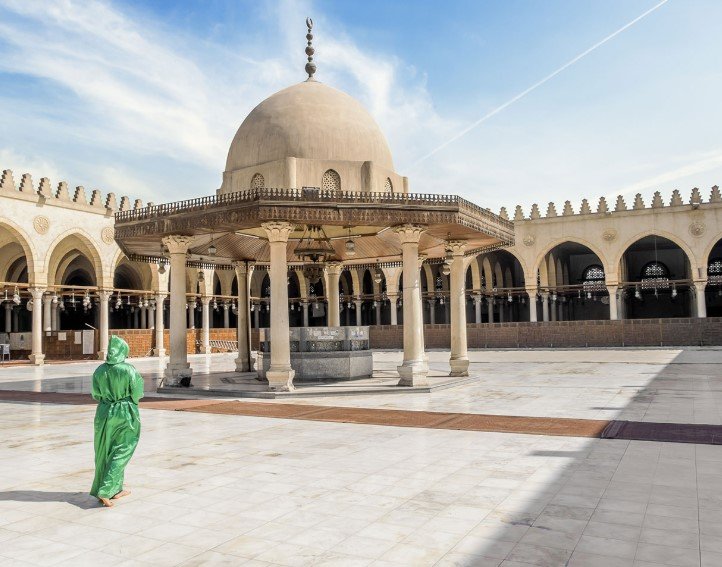A newly uncovered settlement west of Alexandria could shift what we thought we knew about Egypt’s 18th dynasty—and shed rare light on the private life of Nefertiti’s daughter.
It started with a few broken walls. Then came the pottery. And then, a wine jug—stamped with a royal name that turned archaeologists’ heads. Now, the discovery of an ancient town, possibly built during the reign of Pharaoh Akhenaten some 3,400 years ago, is sparking major buzz in Egyptology circles.
Archaeologists say the site may offer a clearer look into a pivotal, often controversial chapter in ancient Egyptian history: the reign of Akhenaten, father of the famous boy king, Tutankhamun.
A Royal Settlement Hidden in Plain Sight
The town was found at Kom el-Nugus, a rocky ridge lying around 27 miles southwest of Alexandria.
That might not sound like much, but the geography is striking—tucked between Lake Mariout and the Mediterranean Sea. It’s a spot that doesn’t get much archaeological attention. That’s starting to change.
Initial digs began back in 2013, but only now are the findings starting to come together in a meaningful way. The researchers, led by Sylvain Dhennin of France’s CNRS, say the site reveals not just a few homes but a planned settlement organized around a central street. That suggests permanence, purpose, and political clout.

The Nefertiti Connection That Made Everyone Pause
Among the clay fragments and weathered stone, one item stood out—a wine jug inscribed with the name of Meritaten.
Meritaten wasn’t just anyone. She was the daughter of Queen Nefertiti and Akhenaten, part of a royal family that radically redefined Egypt’s religion and art in the mid-14th century BCE.
If this jug really was used by or in honor of Meritaten, it helps tie this site directly to Akhenaten’s reign. That alone is gold for historians trying to map out the actual reach of his influence beyond his infamous capital, Amarna.
It’s not just about names—it’s about timelines and royal footprints.
What’s Been Found So Far?
So far, the finds are promising and offer more than just historical curiosity. Here’s a quick look:
-
Well-preserved architectural layouts showing an orderly settlement, possibly housing high-status families.
-
Everyday domestic tools and ceramics, some with inscriptions that link them to royal household members.
-
A wine jug bearing the name of Meritaten, a rare nod to the princess found outside traditional royal burial zones.
These aren’t the kinds of random remnants scattered by time. They’re deliberate, organized, and tell a story of political purpose—possibly tied to Akhenaten’s wider campaign to reshape Egyptian society.
A City Built in a Time of Radical Change
If the town was indeed built under Akhenaten, that makes it part of a much bigger, messier history.
This pharaoh wasn’t your typical ancient Egyptian ruler. He turned religion upside down by promoting Aten—the sun disk—as Egypt’s supreme deity. Traditional gods? Cast aside. Temples? Emptied. The capital? Relocated to a new city, Amarna, which he built from scratch.
His rule was a short-lived cultural revolution. And it didn’t sit well with everyone.
After his death, most of what he created was dismantled or buried by successors trying to erase his legacy. That’s part of what makes finds like this one near Alexandria so valuable. They survived the purge.
What the Experts Are Saying
Lead archaeologist Sylvain Dhennin believes the layout of the Kom el-Nugus site suggests a sizable, well-established settlement. Not a temporary military outpost. Not a farming hamlet.
“This wasn’t just a stopover,” he told Live Science. “The quality of the remains, their planned organization around a street, could suggest a fairly large-scale occupation.”
It’s the kind of site that tells you people lived here for a while—maybe for generations. Maybe even during the time of Akhenaten’s religious upheaval, when much of Egypt was in flux.
Why This Discovery Actually Matters
At first glance, it’s easy to file this under “cool archaeology news.” But there’s more going on here.
For starters, this site:
-
Challenges the idea that Akhenaten’s influence was isolated to Amarna.
-
Suggests that his religious and political changes may have extended westward.
-
Introduces tangible links to lesser-known royal family members like Meritaten.
It also reopens questions about the connections between Alexandria’s region and the dynastic centers of Upper Egypt.
If major 18th dynasty projects were underway this far north, what else might be hidden beneath the modern sprawl?
And maybe the bigger question is: why did this site survive at all, when so much of Akhenaten’s world was erased?
